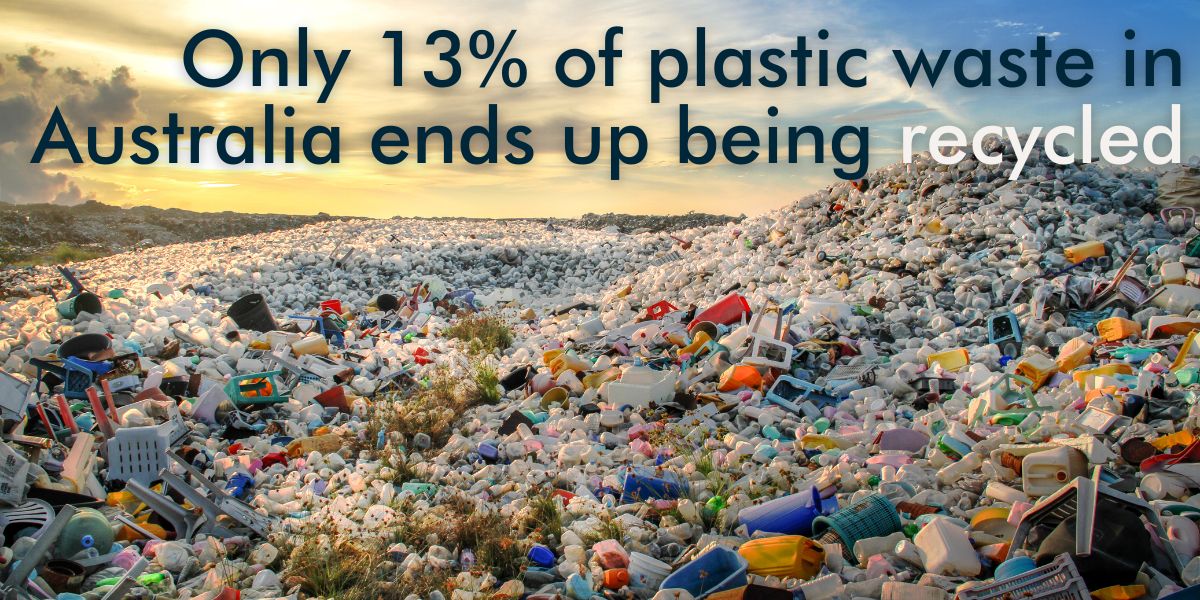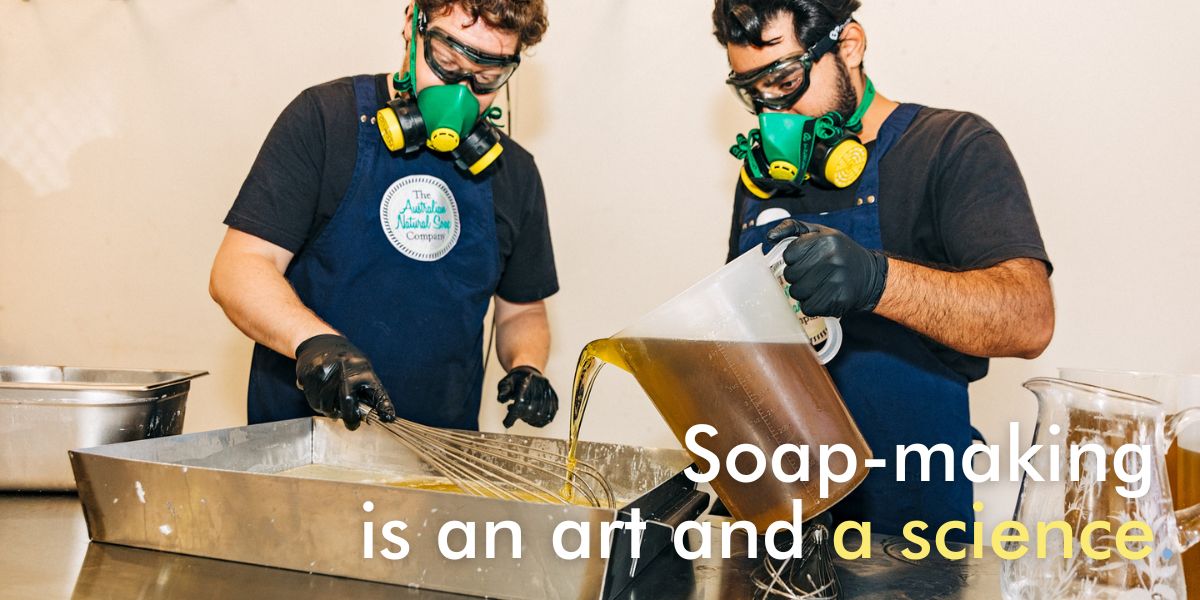Why ‘Recyclable’ Plastic Isn’t the Win You Think It Is

It’s time we stopped falling for the label.
At first glance, “recyclable plastic” sounds like a sustainable solution. It's everywhere — on packaging, in marketing, on the side of bottles that are made to look like they’re saving the planet. But the truth is, most of this plastic isn’t being recycled. And even when it is, it’s not the circular solution we’ve been led to believe.
So… how did we get here?
Back in the 1950s, plastic exploded onto the scene. It was lightweight, cheap to produce, and made everything more convenient — especially for big companies. Suddenly, products could be mass-packaged, shipped easily, and sold faster. But that convenience came at a cost.
Since then, the world has produced more than 8 billion tonnes of plastic. And over 90% of it has never been recycled.
(Source: UN Environment Programme)
Only 13% of plastic is actually recycled in Australia
Despite what you see on the labels, only 13% of plastic waste in Australia ends up being recycled. The rest is either:
- Sent to landfill
- Burned
- Or ends up in the ocean, where it breaks down into harmful microplastics
These microplastics are now being found in our waterways, our food chain — and even in human blood, lungs, and placentas.
So, what about the plastic that is recycled?
Most plastic is downcycled, not recycled
Most of the time, plastic isn’t being turned back into the same product. Instead, it’s “downcycled” — turned into things like outdoor furniture or road filler. These materials are rarely recyclable a second time. So even if your shampoo bottle becomes a park bench, that bench is still ending up in landfill one day.
The myth of endless recycling is one of the most persistent greenwashing tactics out there.
We're using plastic for things that don't need plastic
Here’s what really doesn’t make sense: we’re using a polluting, fossil fuel–based material that lasts for centuries…
…just to wash our faces.
…to shampoo our hair.
…to moisturise with something that’s mostly water.
…to scrub dishes.
…even to wash the dog.
We’ve normalised using plastic for single-use packaging for everyday routines — and called it “eco” if it has a recycling triangle on the bottom. It’s time to stop pretending that’s good enough.
Natural, solid, plastic-free products are the future
The good news? There are better ways. Solid skincare — like natural soap bars — don’t rely on plastic at all. And when they're wrapped in home compostable packaging, they go back to the earth, not into the ocean.
This isn’t about perfection. It’s about progress. Every time we choose plastic-free over “recyclable,” we make a better choice for the future.
Let’s stop falling for the label — and start asking better questions.
Soapy hugs,
Emma xx





